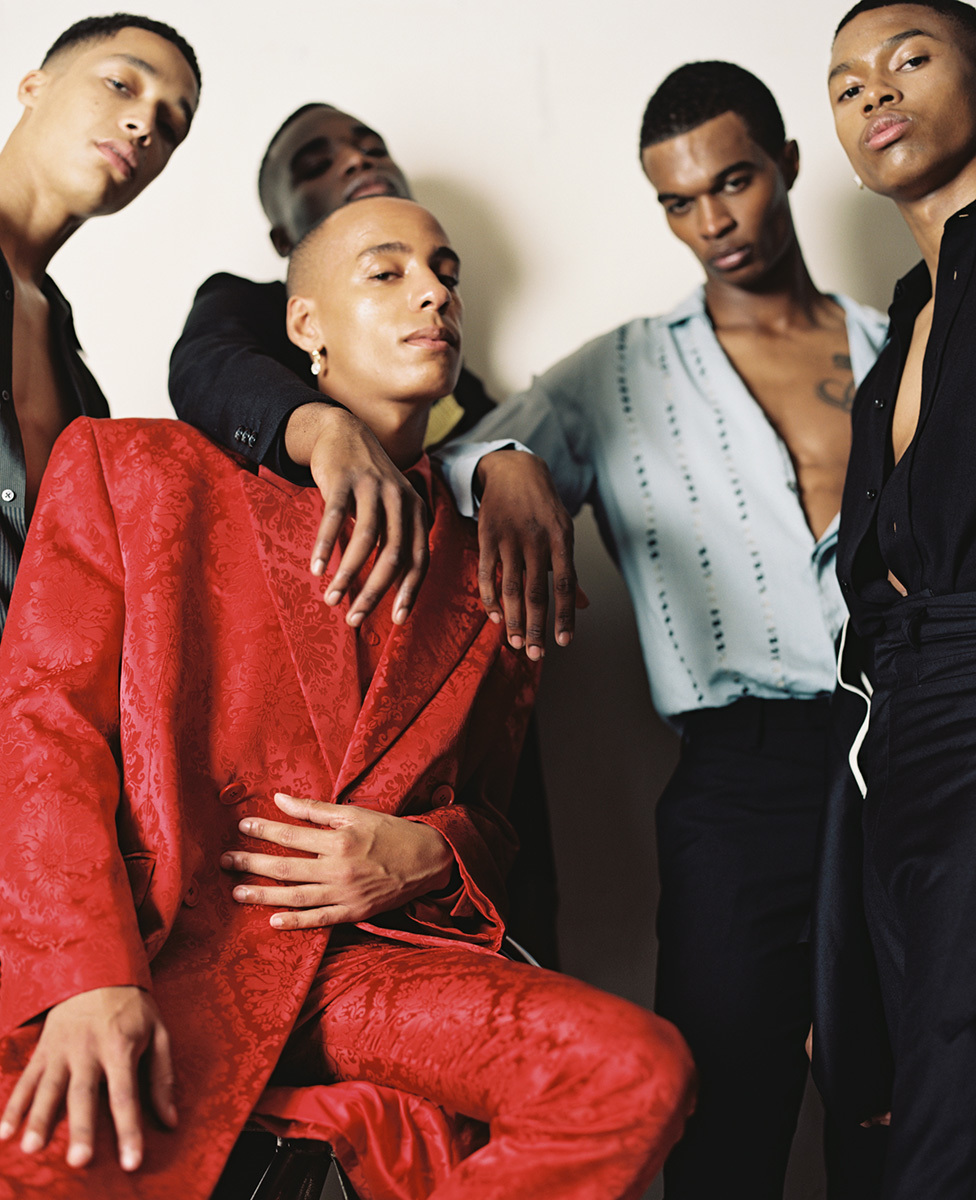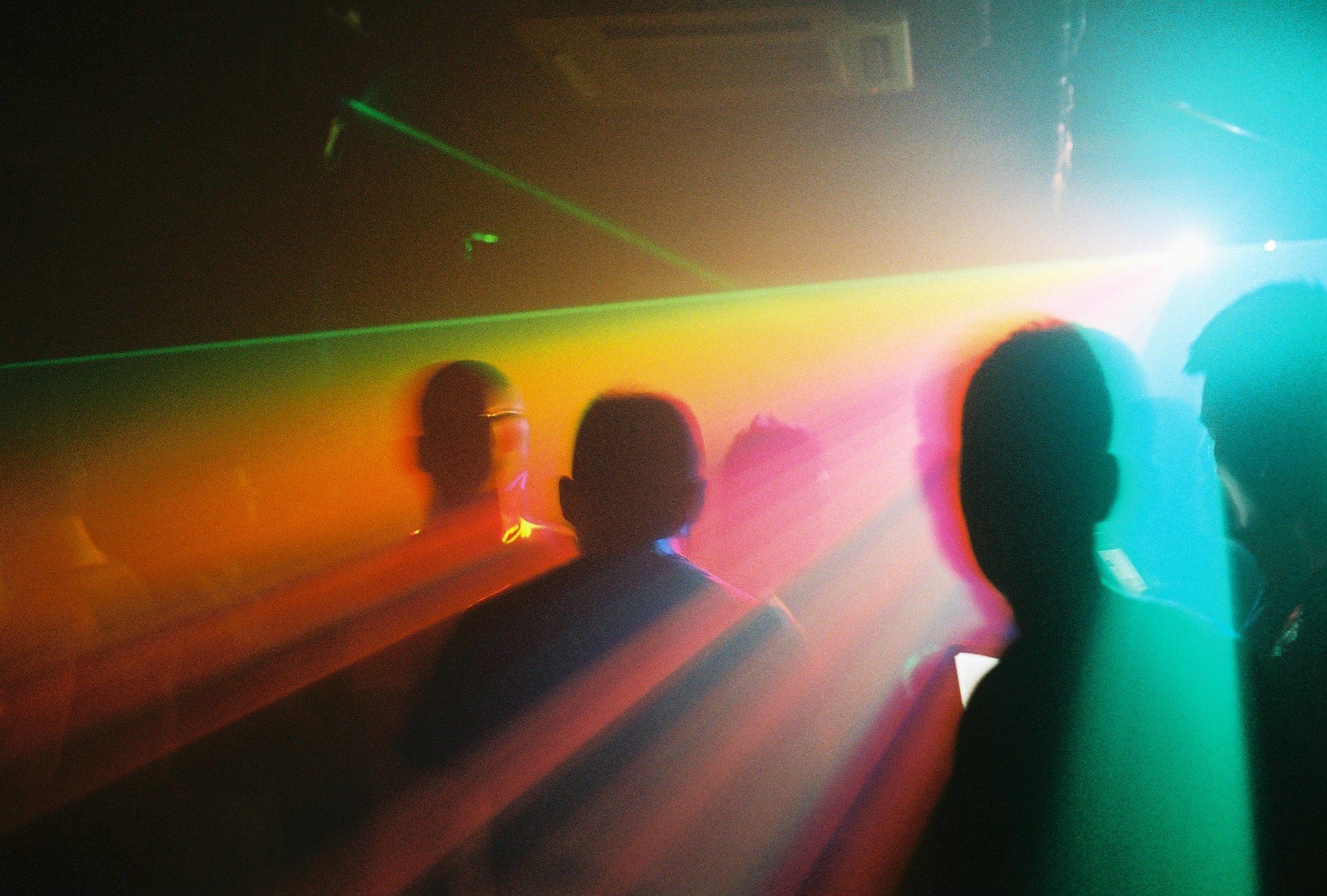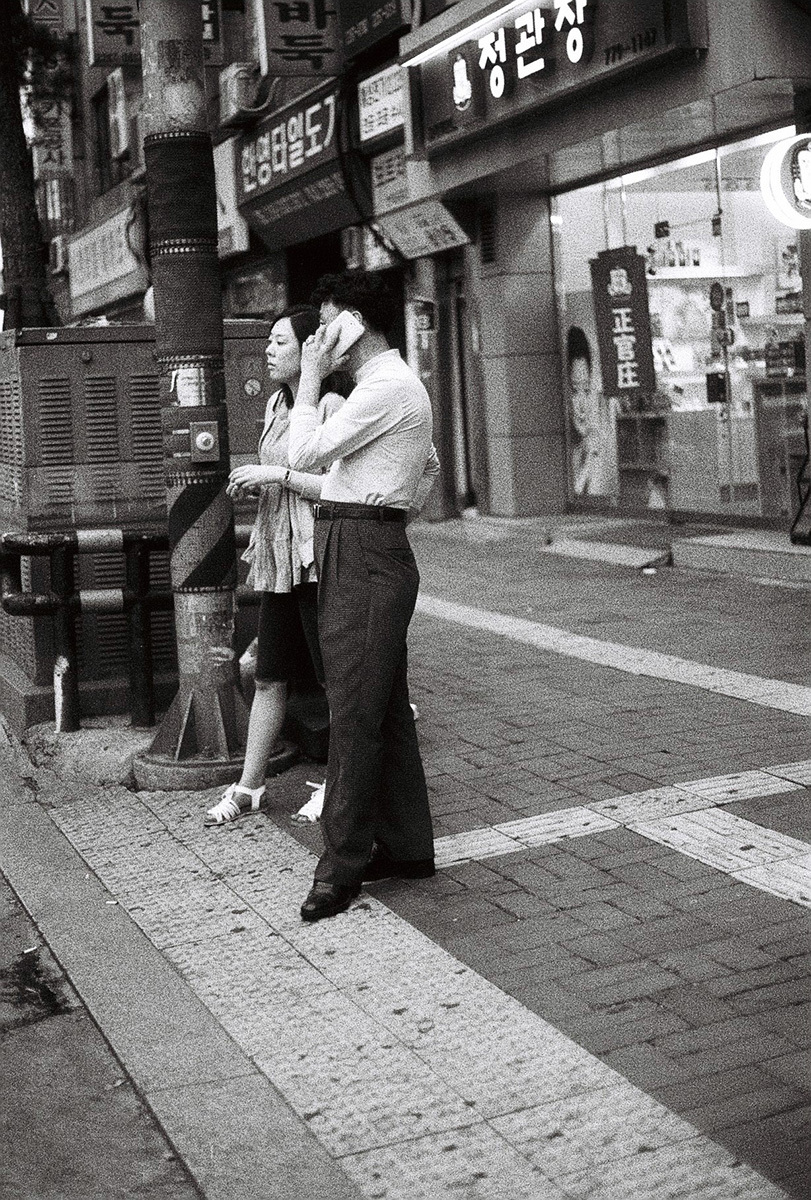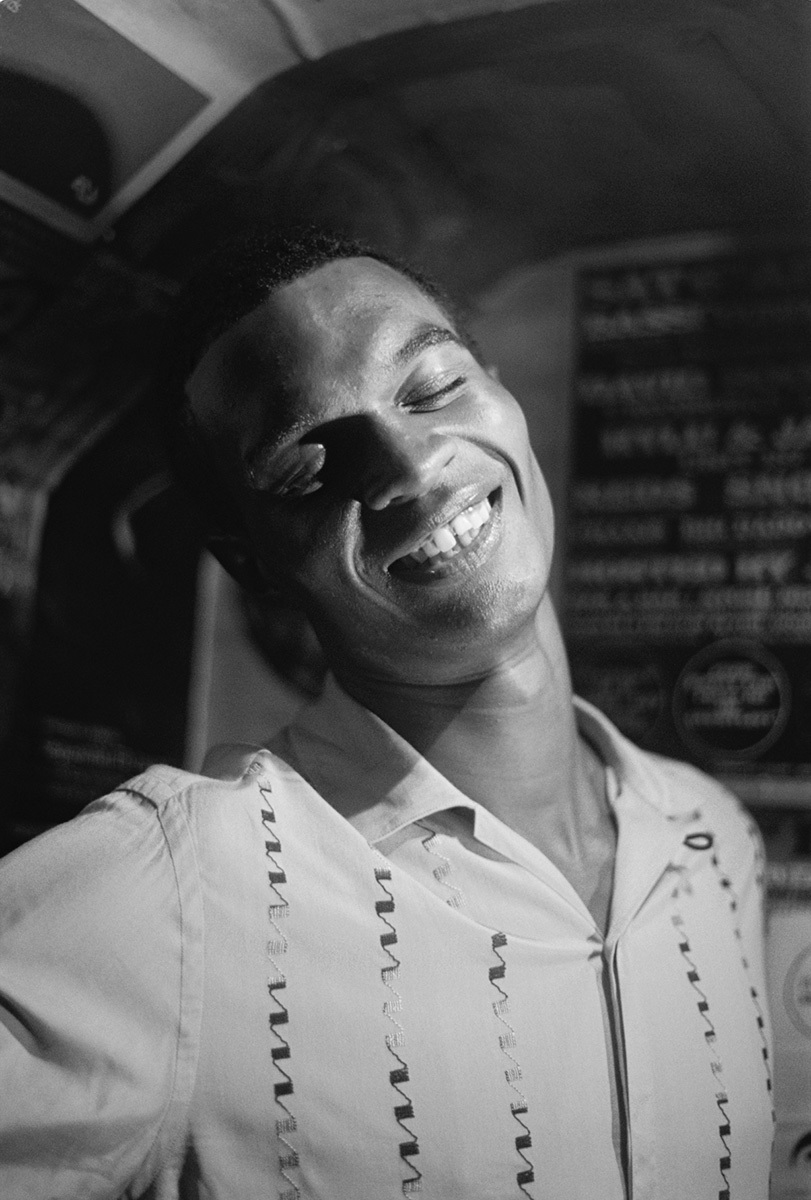23-year-old Campbell Addy is one of the nicest people working in fashion. The minute you meet him you just want to give him a great big hug. But behind his soft, rosy exterior is a very determined young man, which is no surprise given the struggles he’s had to overcome. Born into a family of very strict Jehovah’s Witnesses from Ghana, Campbell has always looked to religion to govern his life. While the rest of his friends were nursing hangovers, Campbell and his family would be knocking on doors trying to spread the word of God. Then, at 17 years old, his family found out he was gay — a sin in the eyes of the church — and rather than living a double life, treading on eggshells, and ultimately denying his true self, he decided to leave home. Now free, Campbell was finally able to live the life he’d always dreamt of.
One thing remained a constant, however, and that was photography. As a kid, Campbell’s mother would always dress him up and take pictures, meanwhile, at every Jehovah’s Witness convention, a young Campbell would borrow his grandfather’s camera and take portraits of strangers in the stands. Recording the world around him always felt natural. But it wasn’t until he was at Central Saint Martins that he was able to hone his craft. Since then, Campbell has been making waves with his visionary aesthetic and unique interpretation of fashion photography. Last year he created Nii Journal, a publication dedicated to issues of sex, race, religion, and cultural identity, and the accompanying Nii, a casting and modeling agency committed to diverse representation. This year marks his first solo exhibition. Based around the scripture Matthew 7:7&8 (“seek, and ye shall find”), the show deals with Campbell’s personal struggles between his sexuality and religious past. Fresh from the opening, we caught up with the fearless creative to find out how it’s all going.

Tell us a bit about yourself and where you grew up.
I come from a family of very strict Jehovah’s Witnesses and strict West Africans from Ghana. When I was 17 they found out I was gay so I ended up leaving home. It was like a nuclear bomb went off in my life. I just went into survival mode, took my bags and left. It was traumatic, but I finally felt free. My family didn’t want me to leave but the household was very intense. I moved in with the Albert Kennedy Trust, which helps homeless LGBT people.
What was life like before you left home?
We’d go to meetings — we don’t call it church — on Tuesday and Thursday evenings. Then on Saturday and Sunday we’d do field service where we go and knock on people’s doors. One time I’d gone out the night before and got absolutely wankered. I was with my grandfather and I was so hungover. My friend opened the door and was like, “Campbell! Last night was sick.” My grandfather was like, “I thought you were studying.”

How did you cope with that double life?
It took its toll. When I was around Jehovah’s Witnesses I was really introverted, but when I was around friends, because I had to repress everything, I’d just go crazy. All my friends thought I was mad.
Did growing up as a Jehovah’s Witness have a positive impact on you?
It helped me in that it kept me out of trouble. A lot of my friends were involved in gangs and gang violence. Or heavily into drugs.
How did photography fit into all this?
In my household we always took pictures. My mum would always dress us up in the summer and take pictures. We’d go to conventions every three months in Twickenham where all the Jehovah’s witnesses in the area would meet, and my grandfather would always brings his camera and I’d use it to take pictures of random people in the stands. One day I was at school and had detention in the library. I ended up helping my teacher moving all the new photography books into the library which is when I discovered Norman Parkinson, David Bailey, and Nick Knight. I became obsessed with Irving Penn so I just started taking pictures. I didn’t take it seriously until I was at CSM.

What was your first major project that really stood out for you?
It was during my third year at uni. There had been a death in the family so I went to visit my mum in Ghana for the first time in two years. I was really overworked, I was suffering from depression although I didn’t know it at the time. My mum locked me in my room for two hours to sleep as she knew something was wrong. When I woke up, I locked away my phone and found the first camera that I’d ever used and started taking pictures. I had forgotten the joy of taking pictures. It ended up as a project called Straight Up Kasoa, based on the straight ups in the 80s but focusing on Ghana, and basically shedding Africa in a positive light. Showing that it isn’t all about naked babies running around the place.
Let’s talk about your latest exhibition, Matthew, 7:7&8?
So it’s based on a piece of scripture that really resonates with me which is, “If you seek you will find.” I’ve always been running away from my past, but I was a Jehovah’s Witness for 17 years, it doesn’t just disappear from you. Other than being gay, there’s nothing morally wrong with me. I just thought, “Why am I running away from something when I should just accept it?” No one can judge me but God.

Do you believe that being gay is immoral?
No, I used to. I used to hate myself because of it, I thought there was something wrong with me. I was broken. At one point I thought God was testing me. At school, I stopped speaking to some of my friends and tried to focus on being a good Christian. But I realized that being gay wasn’t killing anyone, that I was just living my life. The exhibition came from that. It was a sort of closure.
How do you feel about everything now that it’s out in the open?
It was really scary but I can’t do anything else. After the opening I received like ten emails from ex-Jehovah’s witnesses around the world, people who had been excommunicated for being gay, thanking me. It’s a big deal for us. You don’t only lose your religion, you leave your friends and family. When you leave you have no one to turn to. It’s weird, I thought I was going to get a lot of hate, and people weren’t happy about me referring to a scripture in the title for an exhibition about being gay, but overall the reaction has been so amazing.

So what’s next?
I really want to travel more. I went to Seoul with my boyfriend to document the gay scene there, it was such an interesting experience. I realized how easy we had it in London. It’s so different there. I’ve also got the second issue of Nii Journal coming out; it’s mostly based around mental health. It shocks me how little information there is out there. I’m 20 percent more likely to suffer from mental illness because I’m a person of color. I’ve done a lot of therapy and research, and I’m beginning to understand why I did certain things when I was young, and why my friends did.
What are your hopes and dreams for the future?
I want to expand into moving image, but we’ll see. There are a lot of stories I want to tell. I’d love to make a feature film, something like Moonlight. I wish we had options as a kid, I remember being that weird queer thing but not knowing anything about it as there were no visual media to portray it. I wish there was a Sex and the City about a black boy from Croydon.

Read: Campbell Addy is putting race and sexuality at the forefront of fashion.
Credits
Text Tish Weinstock
